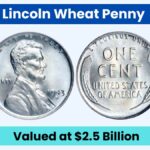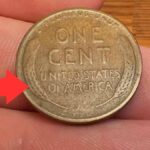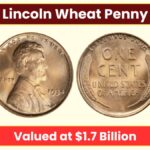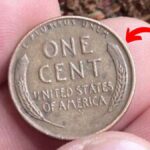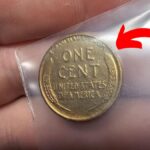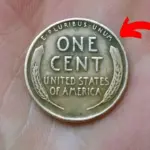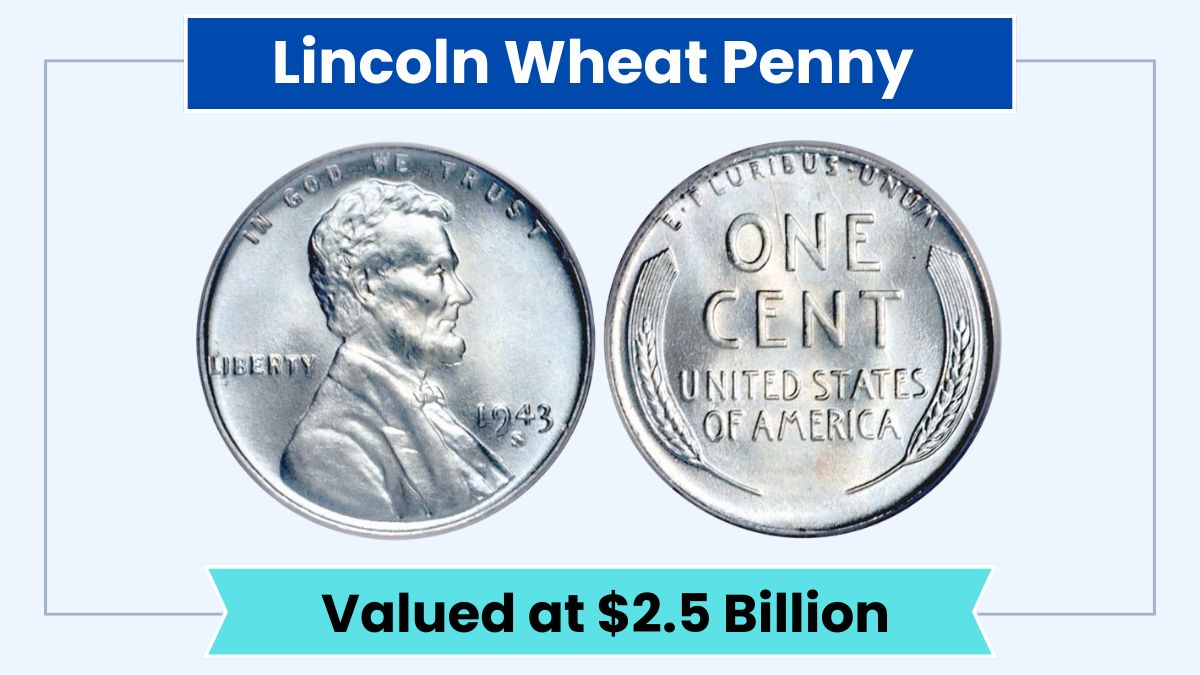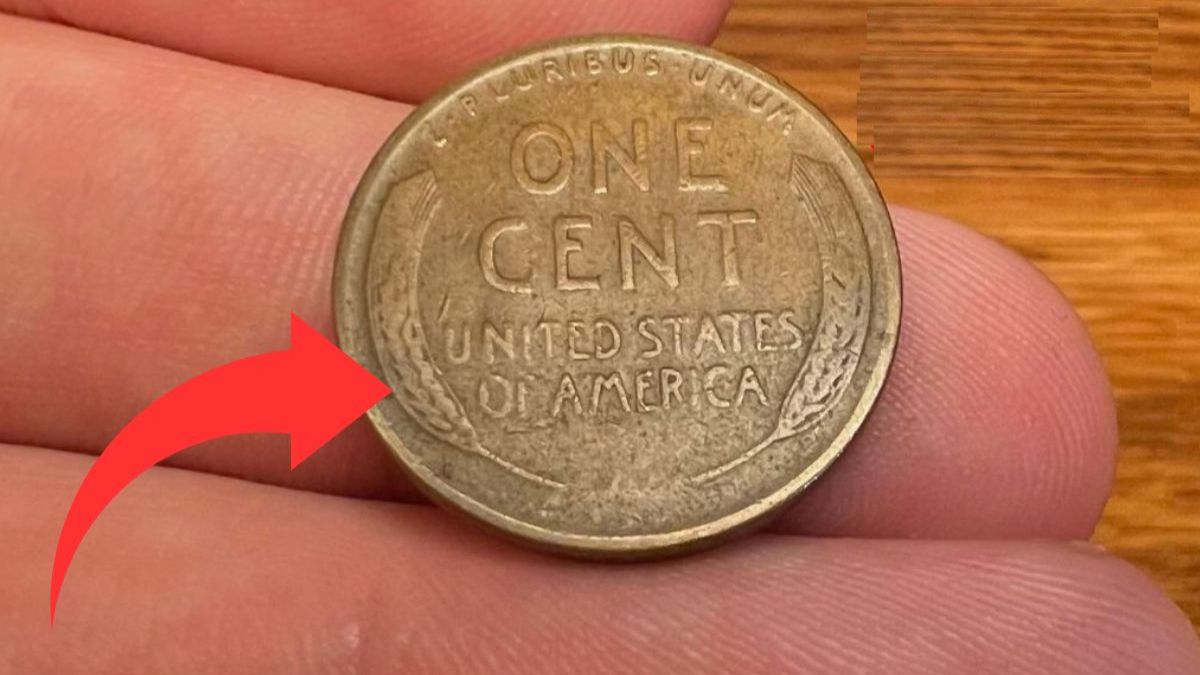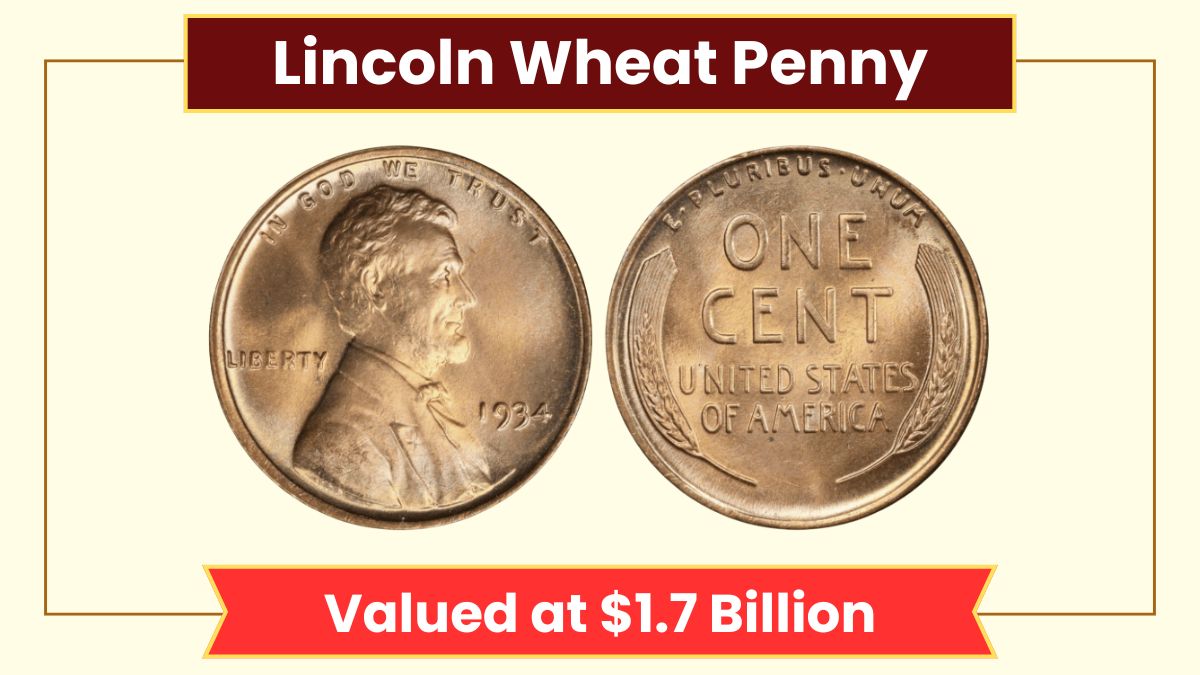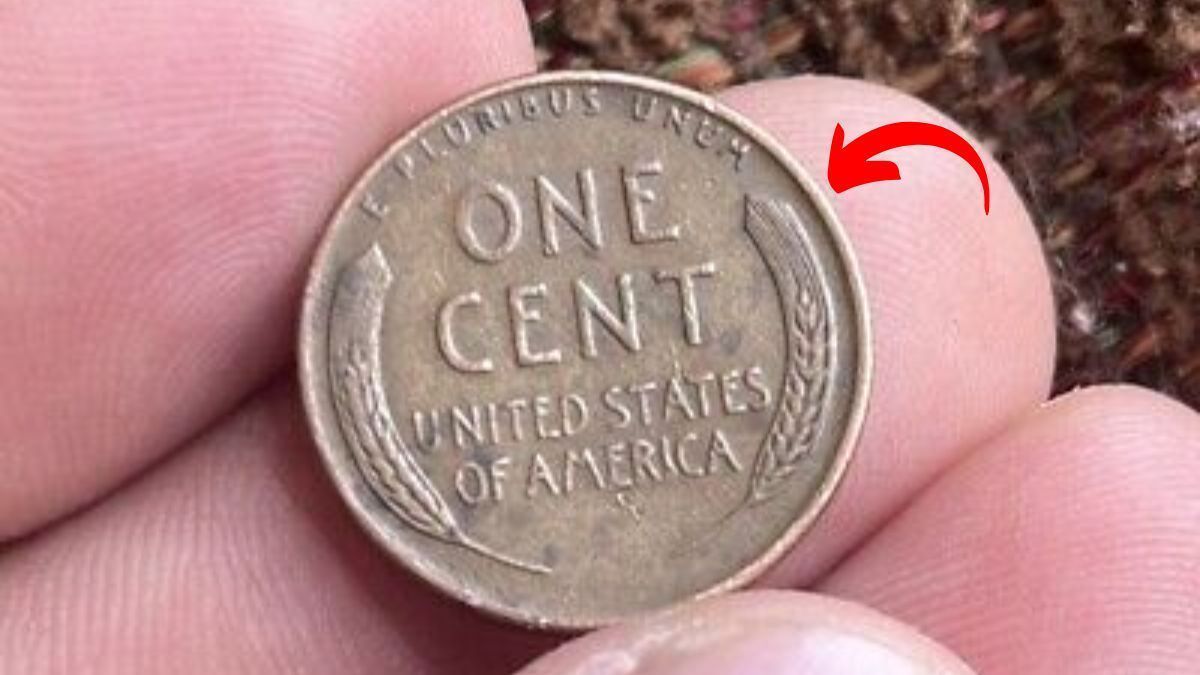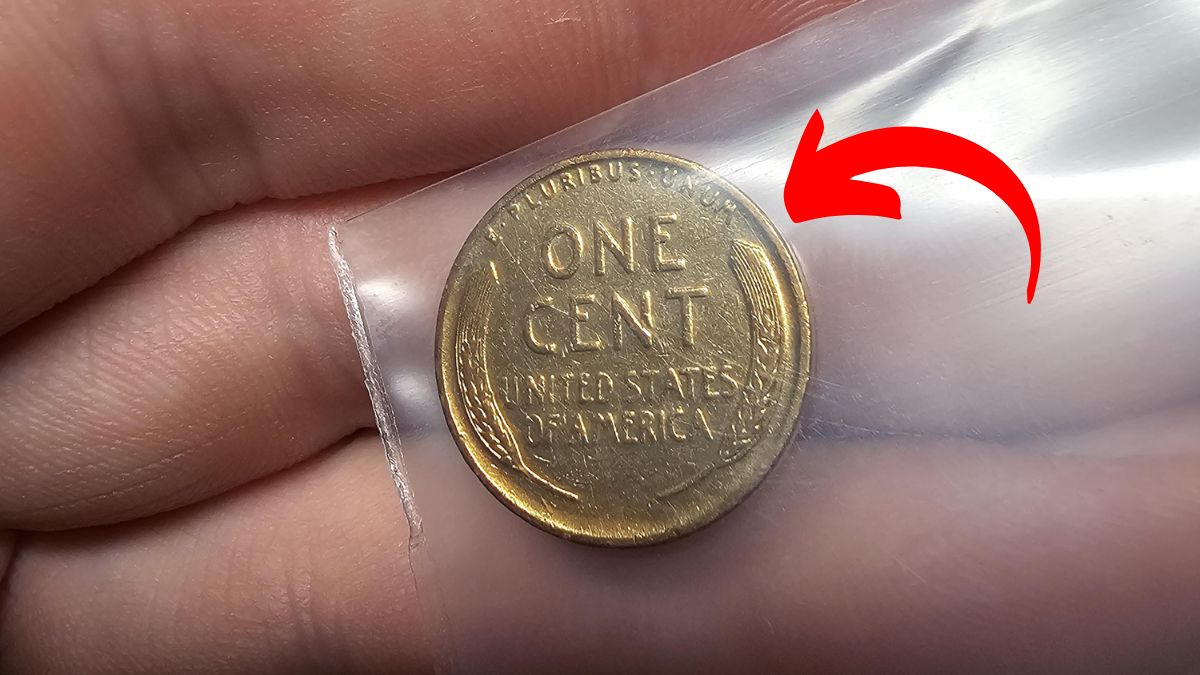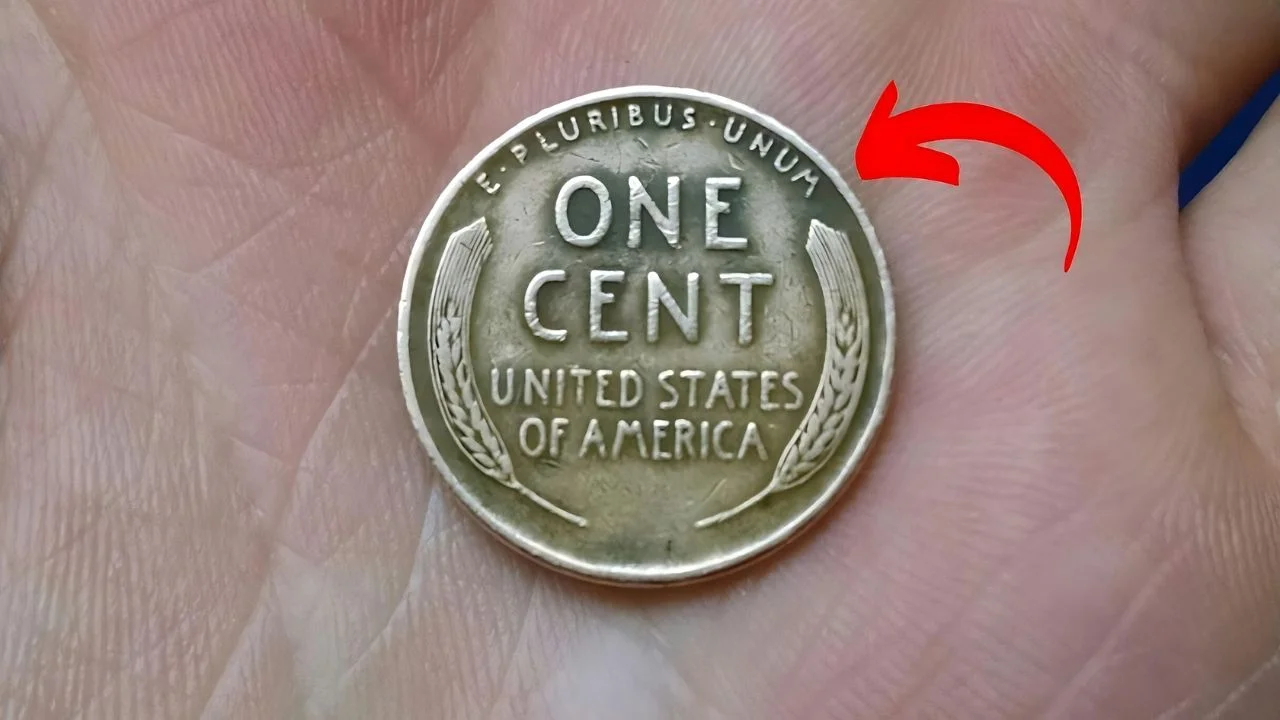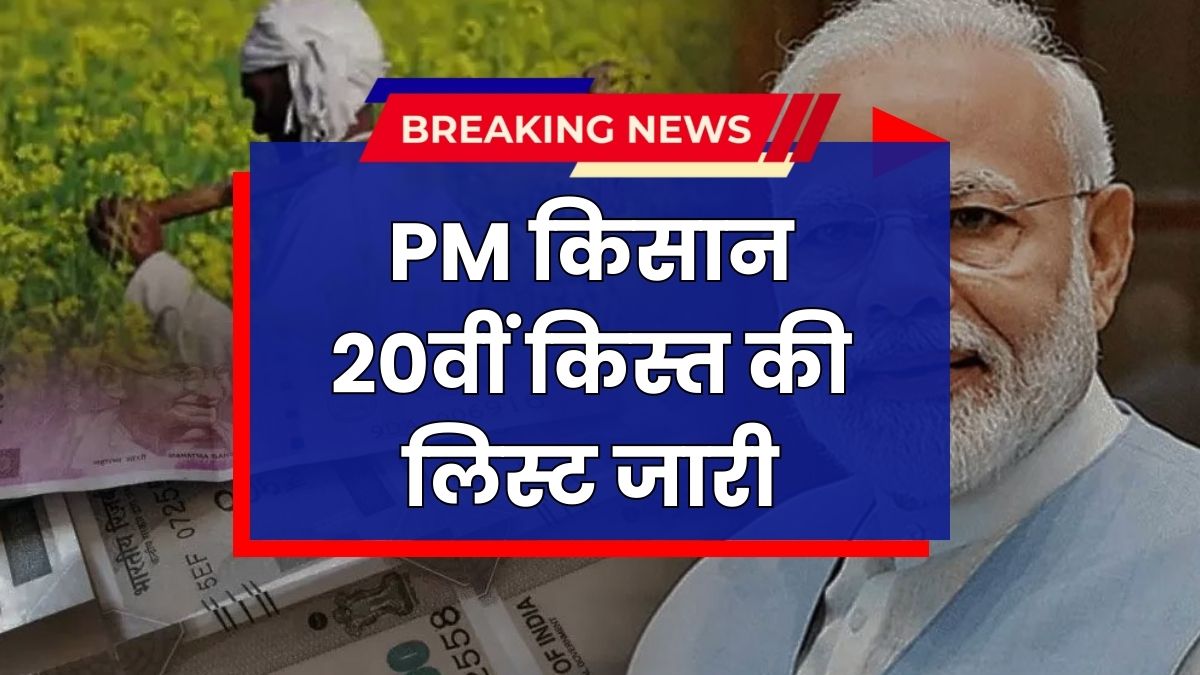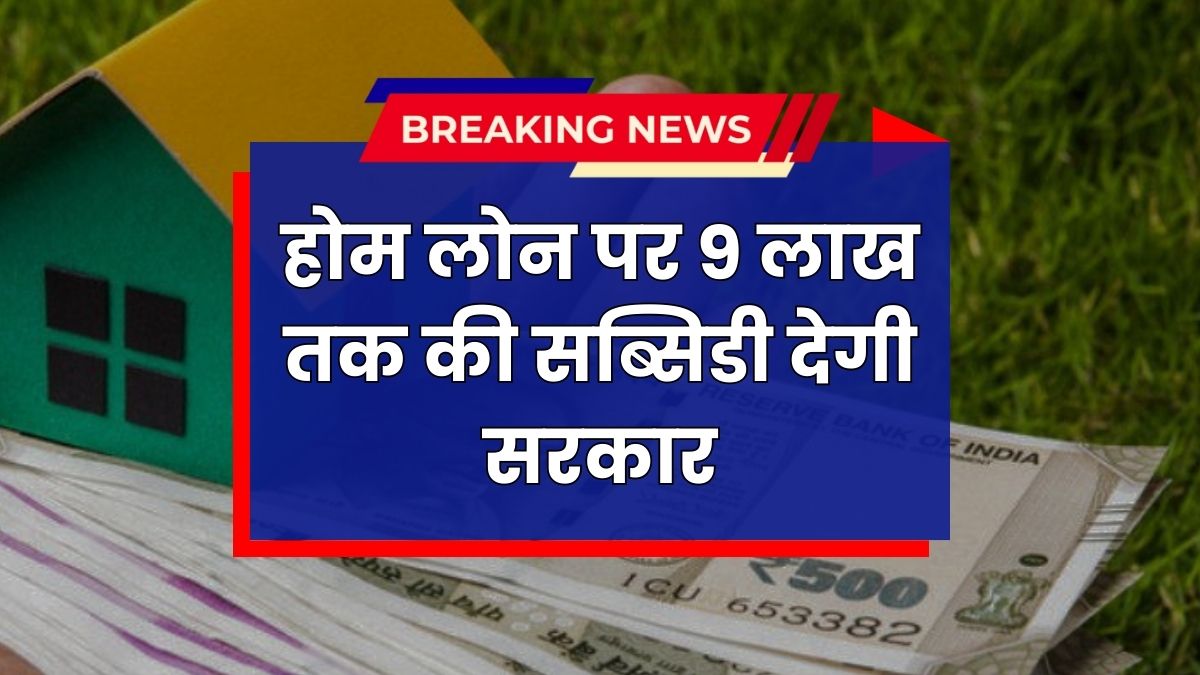Lincoln Wheat Penny Valued at $980k – It may be hard to believe, but certain Lincoln Wheat Pennies—those familiar copper coins minted decades ago—have sold for prices approaching $1 million. While most Wheat Pennies are worth only a few cents, rare varieties with unique minting errors, historical significance, or near-perfect condition can be worth a small fortune. So, is there really a Lincoln Wheat Penny valued at $980,000 still circulating today?
What Is a Lincoln Wheat Penny?
The Lincoln Wheat Penny was introduced in 1909, marking 100 years since the birth of President Abraham Lincoln. It was the first U.S. coin to feature a real person, and its reverse side features two wheat stalks—hence the name. The wheat design remained in circulation until 1958, after which the Lincoln Memorial replaced it.
Millions were produced at the Philadelphia, Denver, and San Francisco mints, but a small number of rare varieties have become prized by collectors and investors.
Why Is One Worth $980,000?
Although no Wheat Penny has yet sold for exactly $980,000, some have reached prices in the hundreds of thousands to over a million dollars. Here’s what can make a Lincoln Wheat Penny nearly priceless:
1. Rare Minting Errors
One of the most famous is the 1943 bronze Wheat Penny. That year, the U.S. Mint switched from copper to steel to conserve materials for WWII. However, a few pennies were mistakenly struck on leftover bronze planchets. These rare coins have sold for over $1.7 million, depending on their condition.
2. Low Mintage Years
Certain dates, like the 1909-S VDB, 1914-D, and 1931-S, had very limited production runs. These are rare in circulation and can sell for tens of thousands—or more if uncirculated.
3. Perfect Condition
A rare Wheat Penny graded MS-67 or MS-68 by professional services like PCGS or NGC can dramatically increase in value. A mint-condition 1943 bronze or a rare date in near-perfect condition could push close to or beyond $980,000.
4. Historical Provenance
If a coin has ties to a notable figure or event, or it’s the only known example of its kind, it becomes more than currency—it becomes a piece of American history.
Could a $980,000 Penny Still Be in Circulation?
It’s unlikely—but not impossible. Several rare coins have turned up in:
- Bank rolls
- Coin jars and piggy banks
- Garage sales and estate collections
- Pocket change
- Coin-operated machines
Because many people don’t closely examine their coins, a rare Wheat Penny might still be passing unnoticed, especially among older coin collections.
What to Look For in a Rare Lincoln Wheat Penny
If you want to try your luck, here are signs to look for:
- Dates to Watch: 1909-S VDB, 1914-D, 1922 No D, 1931-S, 1943 bronze, 1944 steel
- Mint Marks: Located below the date—“S” for San Francisco, “D” for Denver, and no mark for Philadelphia
- Weight: A genuine bronze penny weighs about 3.11 grams; steel pennies are lighter at 2.7 grams
- Magnet Test: Steel pennies will stick to a magnet. Copper or bronze won’t
- Errors: Look for doubling, misaligned strikes, or missing features
- Condition: Coins with no visible wear, scratches, or discoloration are far more valuable
If your coin meets any of these traits, have it professionally authenticated.
What to Do If You Think You Have a Valuable Penny
- Do not clean it—cleaning can significantly reduce its value
- Store it safely in a coin holder or soft pouch
- Get it evaluated by a reputable grading company like PCGS or NGC
- Consult a trusted coin dealer or auction house for advice on selling or insuring it
Conclusion
While a $980,000 Lincoln Wheat Penny may sound like a tall tale, coins of this caliber do exist. Rare minting errors, flawless condition, and unique history can turn an ordinary penny into an extraordinary treasure. So the next time you come across an old Wheat Penny, take a closer look—you just might be holding a tiny piece of American history that’s worth more than a house.
Disclaimer: The value of coins mentioned in this article is based on collector demand, historical sales, and market speculation. Always consult a certified coin appraiser or grading service for accurate assessment.

